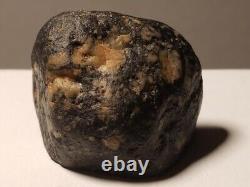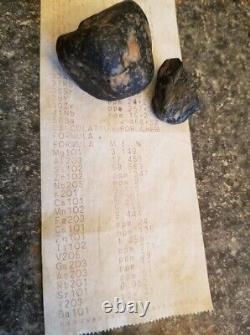North American Lunar Feldspathic Impact Melt Breccia Meteorite






The 58 percent silica is Maskelynite glass. Highly shocked plagioclase lunar meteorite. Yes, a lunar meteorite with. Iron (Fe) content is within the expected range. The iron content in lunar rocks and soils can vary widely, but it's one of the seven major elements that make up 99% of the mass1.
However, it's important to note that the exact composition of a lunar meteorite can depend on many factors, including the specific region of the Moon from which it originated and the processes it has undergone since its formation. Aluminum (Al2O3) content is within the expected range. Most meteorites, especially lunar meteorites, have higher concentrations of aluminum (Al2O3) than terrestrial rocks of similar Fe2O3+MgO1.
However, it's important to note that the composition of meteorites can vary widely depending on many factors, including their origin on the Moon, the specific region of the Moon from which they originated, and the processes they have undergone since their formation. (parts per million) of zirconium (Zr) is within the range that can be found in lunar meteorites.
Zirconium is often found in the mineral zircon (ZrSiO4), which is present in many lunar rocks and meteorites.

